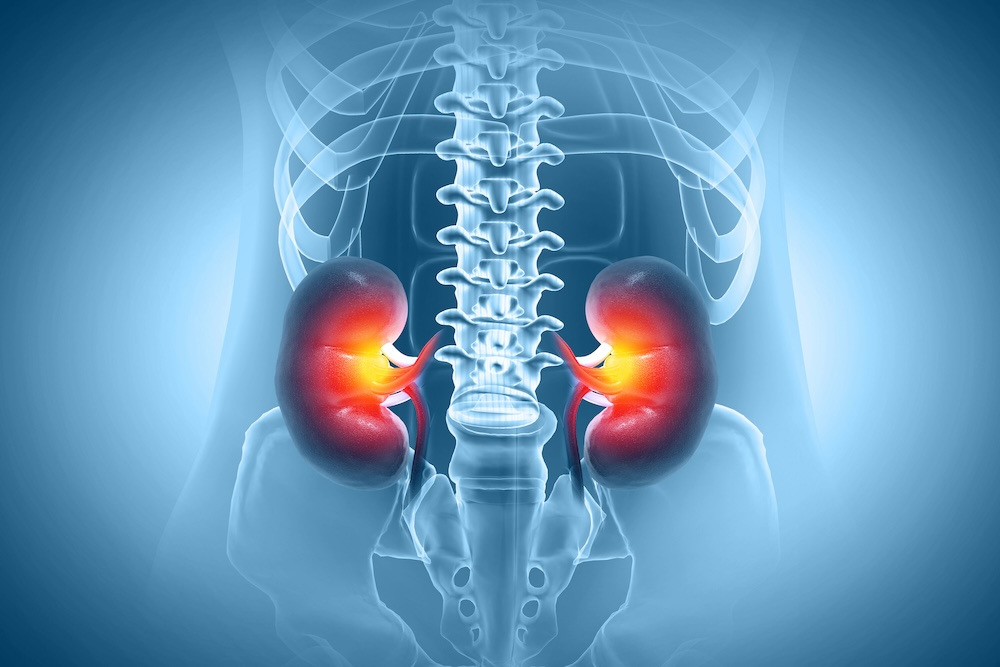June 26, 2007
|
Contact: Marla Paul at (312) 503-8928 or at |
|
Broadcast Media: Tamara Kerrill Field at (847) 491-4888 or at |
Wide Range of Blood Sugar Levels in Pregnancy Raises Risk to Unborn Babies and Mothers
CHCAGO—A wider range of blood sugar levels—not just levels currently diagnosed as gestational diabetes—may put pregnant women and their unborn babies at risk, according to new research from Northwestern University, which conducted the largest study on the problem.
The research is the first to show the greater the blood sugar level of the mother, the greater the risk of having a high birth-weight baby and a first-time Caesarean section. The study showed even some pregnant women considered to have normal blood sugar levels may be at risk.
“A strong and continuing relationship exists between risk factors and blood sugar over a broad range of maternal blood sugar levels,” said Boyd E. Metzger, MD, principal investigator of the study and Tom D. Spies Professor of Metabolism and Nutrition at Northwestern University’s Feinberg School of Medicine.
A mother’s blood sugar level is reflected in her fetus and may lead to increases in blood sugar, insulin, and growth in newborns. In turn, these effects may eventually trigger obesity and diabetes, perhaps as early as childhood.
The medical profession has known that gestational diabetes—diabetes that starts during pregnancy and vanishes after birth—may be harmful to a woman and her baby. Gestational diabetes affects about 4 percent of pregnant women. With the new research, physicians will have to recalibrate what blood sugar levels constitute a risk for pregnant women and their unborn babies.
The study, called the Hyperglycemia and Adverse Pregnancy Outcomes (HAPO) project, began in 1999 and involved more than 23,000 women in nine countries. The findings were presented at the American Diabetes Association’s 67th Scientific Sessions June 22 in Chicago.
Dr. Metzger noted the results of the HAPO study are applicable to each of the ethnic groups studied and that both obese and normal weight participants were enrolled in the study. The methodology of the HAPO study consisted of maternal blood sugar testing 28 weeks into pregnancy, measurement of newborn insulin levels from cord blood collected at delivery, and newborn blood sugar levels measured immediately after birth.
The most frequent adverse outcome in the study was having a large baby, defined as weighing in the upper 10 percent of babies in a particular ethnic group. Large babies, the result of fat accumulation, increase the risk of injury during vaginal delivery. As a consequence, many of the women in the study were also at risk of having a Caesarean section.
The next step is translating this new information into clinical practice. New guidelines about safe blood sugar levels may come after international experts analyze the data, Dr. Metzger said.
The HAPO study was funded by the National Institutes of Health and the American Diabetes Association.






